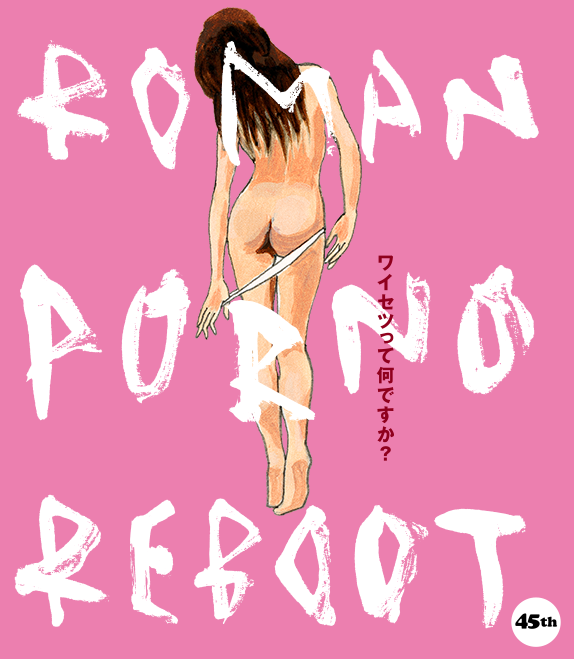
One of the more exciting features of this year’s New York Asian Film Festival is its presentation of 3 of the films comprising 2016’s Nikkatsu Roman Porno Reboot project. And a bit later into the summer, sister film fest Japan Cuts will be featuring one very pointed film from the project. Referencing anything titled as such is bound to produce a range of reactions, from excitement to indignation to utter confusion, so some context is in order.
Roman Porno refers to a mode of soft core pornography produced under the umbrella of Japanese film industry mainstay, Nikkatsu, when the studio was threatened with bankruptcy in the early 70’s. They put forth a modest amount of guidelines: have a scene of simulated sex occur approximately every ten minutes, produce the movies on a shoestring budget and shoot them within a week’s time. Casual and more ardent fans of Japanese movies alike will know them for their outlandish English titles, grouping together words with little or no regard to what seems conceivable. One is probably aware of the movement’s place in many a more established film director’s filmographies. The most famous instance perhaps being Yojiro Takita, director of the Academy Award winning film Departures, whose early career is peppered with them.
This revival project appeared in time for the 45th anniversary of those early films’ launch, with the selection of 5 directors to each helm a film following the same guidelines as those described above. Between the New York Asian Film Festival and Japan Cuts, four of these films can be seen in New York this summer, with the fifth piece of the puzzle (directed by horror maverick Hideo Nakata) maddeningly absent – one can let their imagination ponder over the reasons why. It is a curiously diverse quintet indeed. Most recognizable to overseas audiences will surely be Sion Sono (who is the mastermind behind the lone offering of the set to be shown at Japan Cuts) and, among the 3 presented by the New York Asian Film Festival, Kazuya Shiraishi, whose last two features, The Devils Path and Twisted Justice, were both selected for NYAFF (the former as a co-presentation of both NYAFF and Japan Cuts). The two other films’ directors have achieved no small level of commercial success in Japan, with works that are not altogether unfamiliar to NYAFF’s annual festival-going audience; Akihiko Shiota’s filmography includes fantasy adventure hit Dororo, for one. And Isao Yukisada’s entry features the instantly recognizable Japanese everyman Itsuji Itao, who’s graced the screen in festival hits such Scabbard Samurai and Hanging Garden, to name a few.
Giving attention to this project, aside from maintaining a degree of edginess, serves as a celebration of Japan’s very unique cultural landscape. Can you imagine, for just a moment, a cross section of 5 American directors both veteran and young, successful in the realm of both commercial and independent productions, and widely known being invited to create films of an explicit sexual nature? It just wouldn’t happen. It speaks of a singular sort of compartmentalization in Japanese society, which is by no means renowned for openness of expression, where numerous forms of cultural product are made and consumed by just as many audiences; what is deemed unfit for some is left to its audience, allowed to remain in relative obscurity without being the target of national scrutiny.
The results, which I will unpack a bit herein, are varied in approach and content, filled with self-reflexivity, and all worthy of one’s attention.
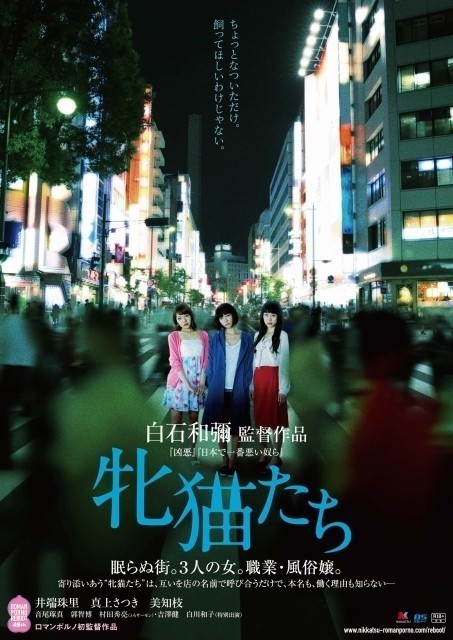
Kazuya Shiraishi’s DAWN OF THE FELINES, may bear the most fruit for discussion, while it is also arguably the most problematic of the bunch. Set in a metropolitan red light district, it tells the stories of three women working for an escort service, or ‘health express’ as it is referred to throughout the film. While aspects of the industry as it is has taken shape in Japan are intimated throughout the film (there are apparent loopholes that allow such business to operate undisturbed by the law, and while direct sexual intercourse is officially off limits, it is not entirely off the table) it is mainly an account of key experiences of the three women that illuminate each of their personalities and the details leading to their taking on this kind of work. Needless to say it involves some precarious situations, but it does not merely dwell in incessant gloom. It is easy to suppose this will be a cautionary tale, and be disappointed when events play out otherwise. There could be some understandable outrage at say the proportion of storylines involving the women aspiring to fall in love with their clients, claiming this is in direct opposition of empowerment. Yet when considering Japanese society is one in which forming new relationships outside of rigidly structured situations is out of the norm, it does not seem strange for feelings to develop in these intimate encounters.
Because of its subject matter, sexual scenes do not feel tacked on, nor are they as much the attraction as in the other films in its ranks. Sometimes they necessarily advance storylines, while elsewhere they are part of the backdrop. There is only one blatantly out of place sequence, rather ill-timed to be near the film’s ending, leaving a baffling off note in one’s mind as it concludes. Another sequence in which two of the characters are totally keen on participating in as the subjects of live BDSM performance seems a tad too convenient, and also does little if anything to advance any part of the story. But for the most part the scenes jibe with the overarching aesthetic of the film.
Shiraishi deals with an ambitious number of plots, with no one taking obvious precedence over the others. The first of the main characters we meet begins to form a relationship with one of her clients, a misanthrope and hikkikomori (a social condition considered epidemic in Japan wherein individuals refuse to step foot outside their home, or do so as little as possible). Her colleague, whose complicated personal life has led her to this career, finds popularity with an elderly customer and begins to feel a bond due to her apparent part in helping him to cope with his emotional duress. The third of the ‘feline’s stories is as much about her pursuit of a personal relationship as the apparent physical abuse dealt upon her elementary school-aged son. A difficult line is walked in telling these out-of the-norm stories while representing routine aspects of this escort industry objectively. And so it seems almost by design that some turns of events feel contrived. But, perhaps owing to the director’s experience directing true crime dramas, he adeptly maintains an objective voice in the mix. There are several points where one might expect a course of actions to lead to a cliché outcome to find that this is not the case. For the most part, however eventful occurrences may be, they leave a city largely unchanged, their impressions lingering in the air, much like the hypnotic film score that begins and ends the film (and is itself worthy of spending time with the film).
I revisited this film a lot. In some ways it feels as though it doesn’t quite transgress the more somewhat simplistic and exploitive movies of its kind. Yet seen in a different light, it is a rather honest portrayal of a phenomenon, steadfast in its unwillingness to lead the viewer to make certain judgments, and creates an impeccable mood and tone. Ultimately I admire the film for its very human presentation of its often marginalized subjects, presenting hardship while resisting the temptation to present them as victims.
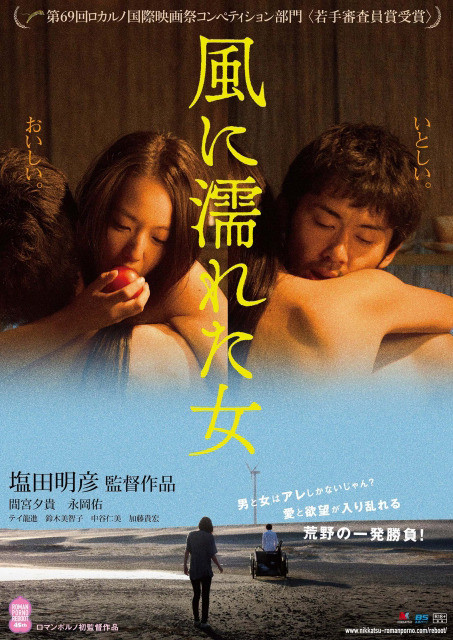
WET WOMAN IN THE WIND stands as a nice contrast to FELINES’ complicated terrain. In addition to being free of much of the moral quandary attached to the aforementioned, it has a startlingly straightforward plot. You could easily say this is the film of the bunch that most sincerely embraces its form. It finds a successful playwright, who has sought refuge from distractions in a quaint rural retreat, ambushed by an enigmatic woman, just emerged from the bay. A self-described ‘love hunter’ she sets out to incur his adoration, while he spurns her advances in hopes of reconnecting with his creativity. Aside from some interludes involving the arrival of (at least one of) the writer’s romantic interest and fledgling members of their acting troupe, this is the mode of the film; save for the important distinction that once his attraction is kindled the ‘Wet Woman’ is determined to embrace his advances only once they occur on her own terms. Here is a refreshing diversion from the norm, in which female players are often characterized as submissive objects of desire. In this Reboot the titular character is very much the aggressor, and played with a gleeful mischievous energy by actress Yuki Mamiya (who will be in attendance of the NYAFF screening along with director Shiota).
The director’s statement on sex is a positive one. After several comic follies, in which the meeting point between the creative process of directors and actors are fair game, the final third of the narrative is a veritable race between three makeshift couplings toward an eventual (ahem) climax. Across these cases, sex is show to be an answer to frustration, an awakening, and a cathartic experience. Of course the main event amidst this three ring circus is that of the ‘Wet Woman’ and the playwright. It is filled with clever visual stunts and overflowing with energy. For those that want a pure and uncomplicated tribute to the genre, this is the film to be sure to watch.
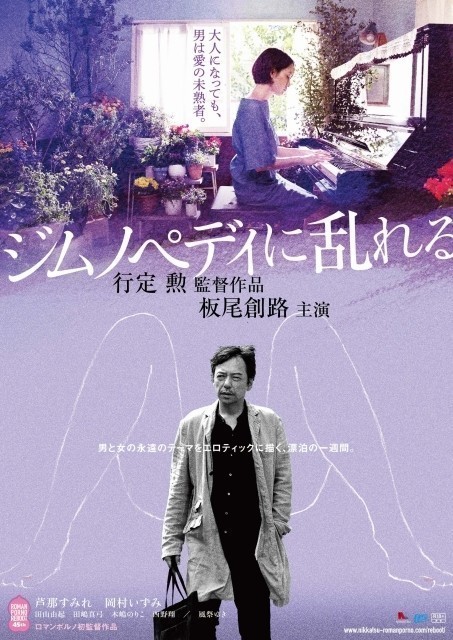
AROUSED BY GYMNOPEDIES also feels like a throwback of a film aimed expressly at titillating its audiences. From its acid-trip title harkening back to Nikkatsu movies of old to its surreal affront of an opening sequence that finds a topless woman standing outside an archetypal suburban home waving cheerily at the main character (played by Itsuji Itao, as an ill-reputed film director), nostalgic eroticism would seem the express goal. But under the surface there is much to consider as well. While not wont to push topical buttons in the way DAWN OF THE FELINES does, its depiction of sex is most likely to offend, if given a straightforward read.
The plot deals with another creative figure, this time a director of just the sort of prurient fare representative of the Roman Porn output, who has a reputation in some circles as being an autere of extraordinary talent. The events we see, however tell a rather different story, as the director’s latest production is suddenly halted due to an uncooperative lead actress and a sudden freeze on funds. He resorts to all manner of depravity to try to collect the funds to get his production back on track, while at the same time experiencing occasional pangs of remorse for a romantic partner now hospitalized and kept alive by life support. The depths to which he sinks makes for the blackest of awkward comedies. I felt something very reminiscent of Lowlife Love, a drama by Eiji Uchida screened at last year’s Japan Cuts, in its characterization of independent film directors and their thespian hopefuls. Yet as a sendup, GYMNOPEDIES comes across with a lighter touch and more piercing barbs.
It may occur to audiences that its plot doesn’t necessitate any sex scenes at all, a notion that I do not feel is lost on director Isao Yukisada in the slightest. Rather, his adherence to form seems to be a pointed reference to the reliance on such exercises as a little more than a crutch, and tired tropes of film in general. After a point the main character’s sexual escapades make like a list of softcore clichés: actresses he has worked with, a student taking his college class, and if not blatant enough, a nurse in the hospital room where his incapacitated wife lays. And while initially subtle, at different points will it dawn on viewers that these scenes are increasingly arbitrary. The meaning behind the title will also hit viewers at different points in the film, to those not offended hilariously so.
GYMNOPEDIES may just have its cake and eat it too. While playfully commenting on its tropes, its required sex scenes are no less seriously rendered. So it goes, a scene like that in which (one of) the director’s exes concedes to subject herself to an S&M session with a stinging wire (its intended purpose connected with set design), it can be a hard scene to watch, even if it is in the spirit of self awareness. Some will no doubt be offended while others will find it hard to dismiss the precision with which the sequence is put together. The art of it is impossible to dismiss.
As in WET WOMAN IN THE WIND there are inventive, often funny, though definitely outrageous visual gags. While it is not going to win any accolades for being progressive in nature, it is a wryly funny production that cannot help but revel in the excess it is afforded.
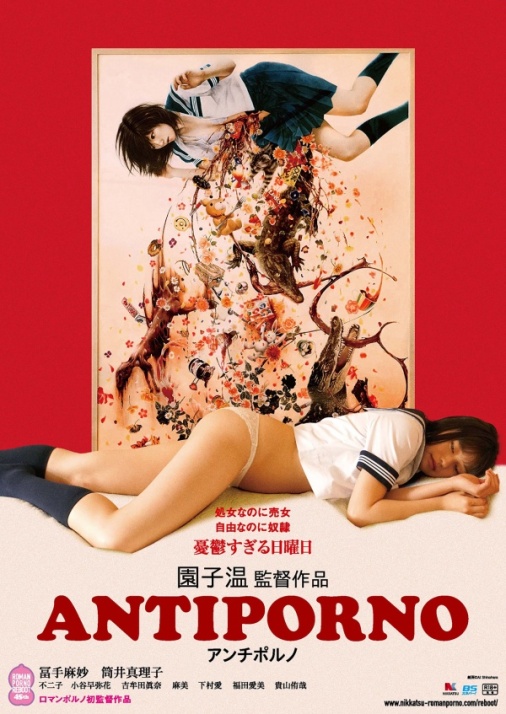
It is pretty clear once one gets into infamous provocateur Sion Sono’s that his ANTIPORNO is an altogether different work from the rest of the pack, making its appearance in an altogether different festival seem perfectly logical. While probably the most anticipated of the pack for many (I would not have caught wind of the Reboot project earlier this year if not for Sono’s participation), it is, unsurprisingly, poised to surprise. Although its title may suggest a play on the Roman Porn’s seeming European influences, it is actually strikingly straightforward: This is Sono making a movie that is against porn. The renegade director is no stranger to this sort of subversive act. It calls to mind his somewhat recent and more difficult to obtain movie ‘Real Onigokko’ (or ‘Tag’ as it was titled for the foreign market) which appeared to be an official chapter in a franchise of slasher thrillers that turned the premise on its head and served as a bleak statement in condemnation those very movies.
As in other Sono films, it is set against a backdrop of vivid swatches of paint, making every frame a work of art to behold with colors indicative of a mood – alternating red’s and yellow’s are its main motifs. Nudity is so much the norm it loses most of its allure, and the film’s imagery conjures feelings of insecurity, physical disgust, and outrage within the main character. Set in the midst of a softcore porn film shoot it shares an element of reflexivity with some of its brethren, as well as painting those in charge of in with a rather unflattering brush. The star of the production within the production, and in effect Sono’s production itself, speaks knowingly, in one instance addressing the 1 sex scene per 10 minute rule it is meant to abide by. It is interesting to consider whether here Sono is presenting a form of mea culpa, he has been known to include copious amount of female nudity and scenes of an explicit sexual nature in some of his work. Or perhaps it is drawing a line in the sand, distinguishing his work from the Romans as delving into such areas for sound reasons as opposed to including it merely to gain commercial success. As in all of his works, it makes for fascinating discussion. More will be said about ANTIPORNO closer to its screening for Japan Cuts, but be assured it is as captivating a provocation as the best of his films.
——
WET WOMAN IN THE WIND is being shown at the Walter Reade Theater on July 4 at 8:00 PM with director Akihiko Shiota and actress Yuki Mamiya in attendance to do a Q & A as part of the 16th annual New York Asian Film Festival. Click here for tickets and information.
DAWN OF THE FELINES is being shown at the Walter Reade Theater on July 4 at 10:30 PM as part of the 16th annual New York Asian Film Festival. Click here for tickets and information.
AROUSED BY GYMNOPEDIES is being shown at the SVA theater on July 14 at 10:30 as part of the 16th annual New York Asian Film Festival. Click here for tickets and information.
ANTI-PORNO is being shown at the Japan Society on July 22 at 10:30 as part of the 11th annual Japan Cuts: Festival of New Japanese Film. Click here for tickets and information.
The article Nikkatsu Roman Porno Reboot Project by Karen Severns for FCCJ was references for the writing of this article.
http://www.fccj.or.jp/news-and-views/dispatches/item/841-roman-porno/841-roman-porno.html
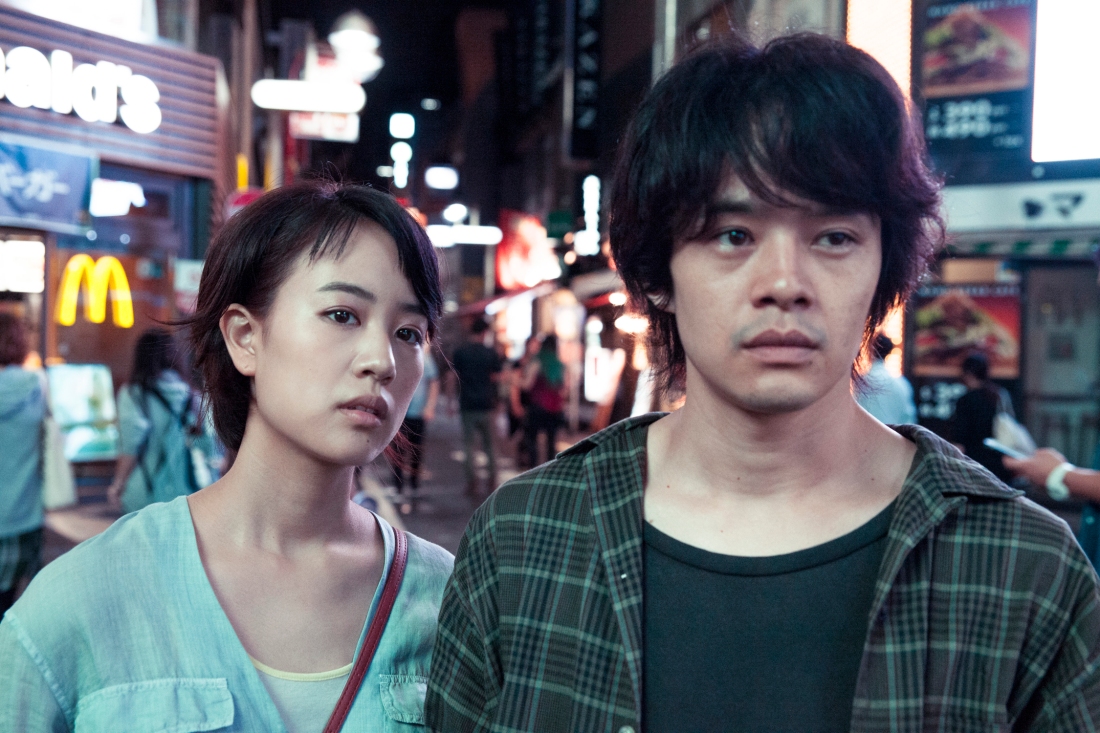
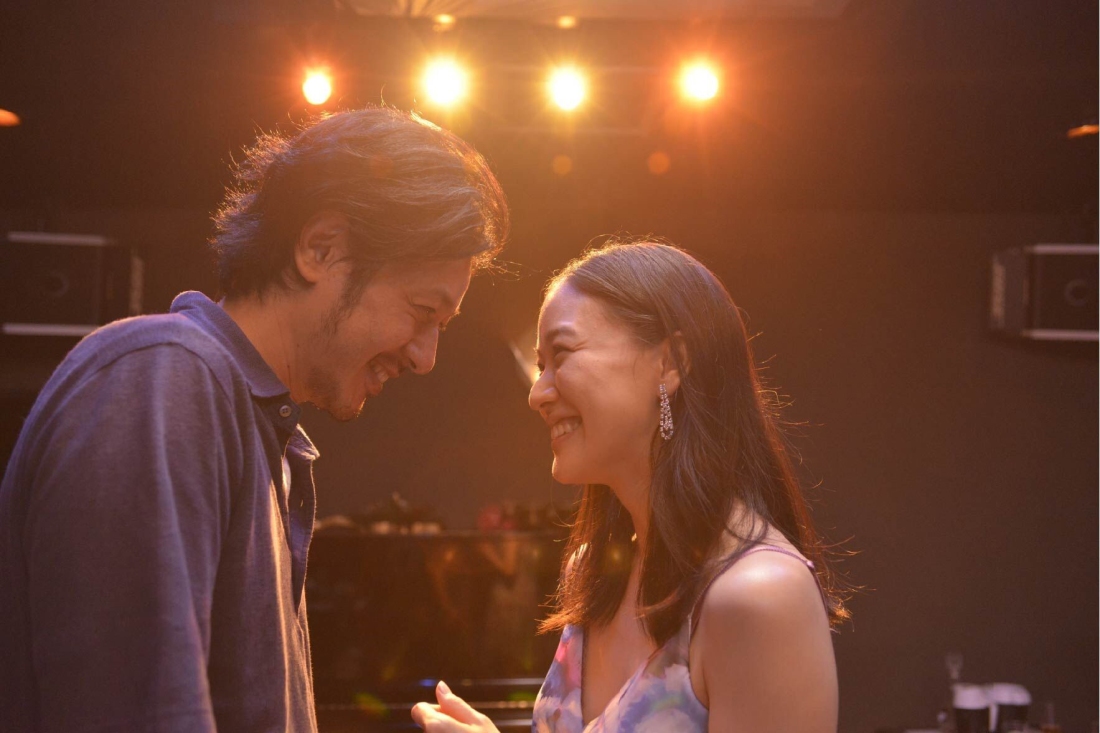

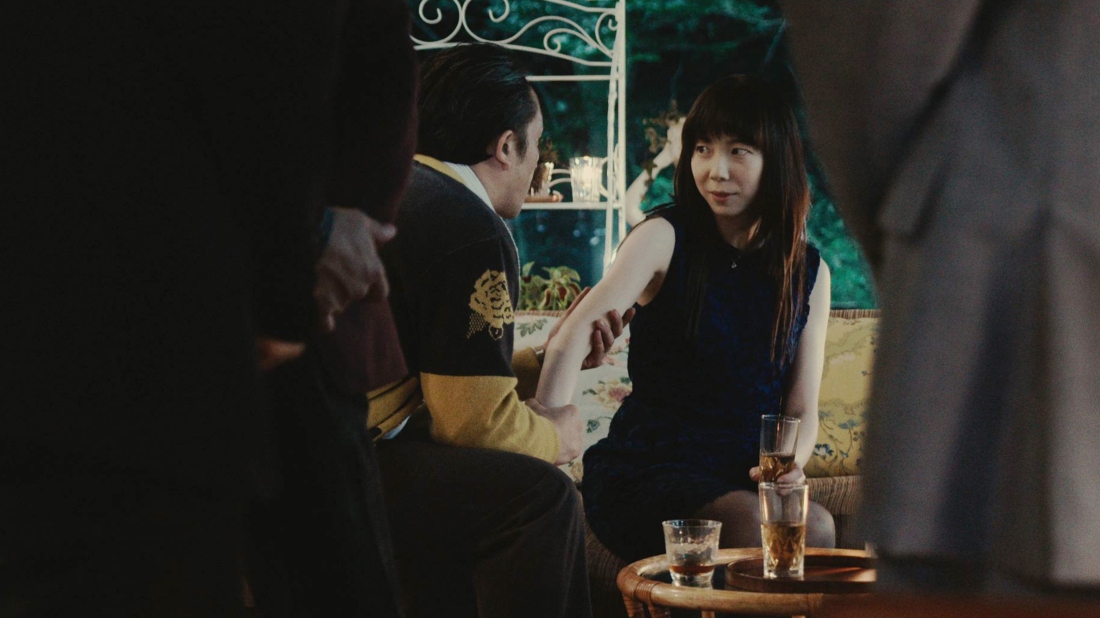






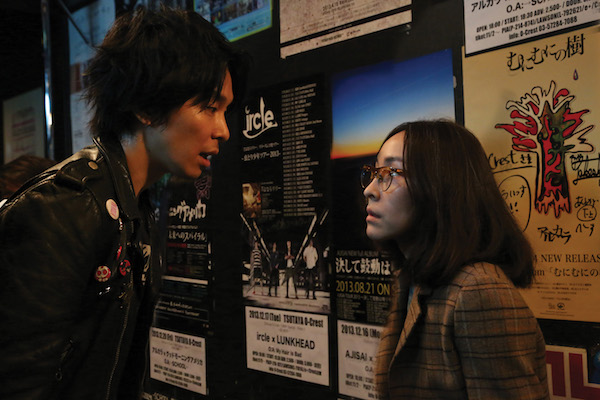
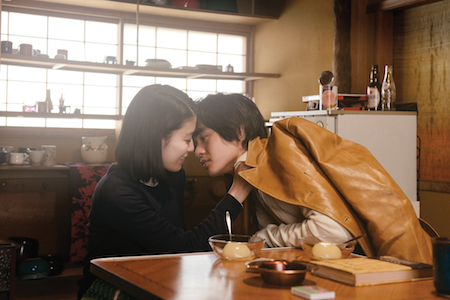



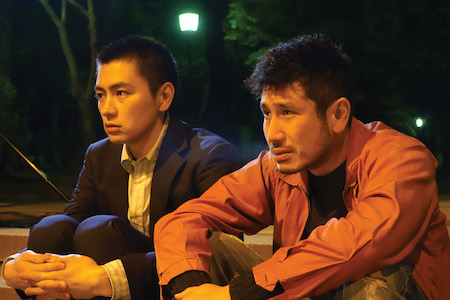

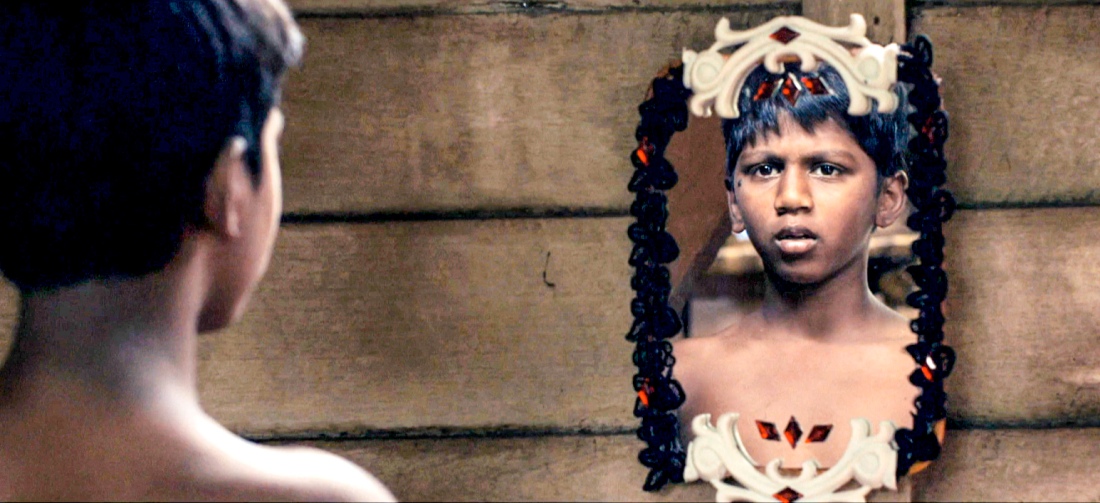

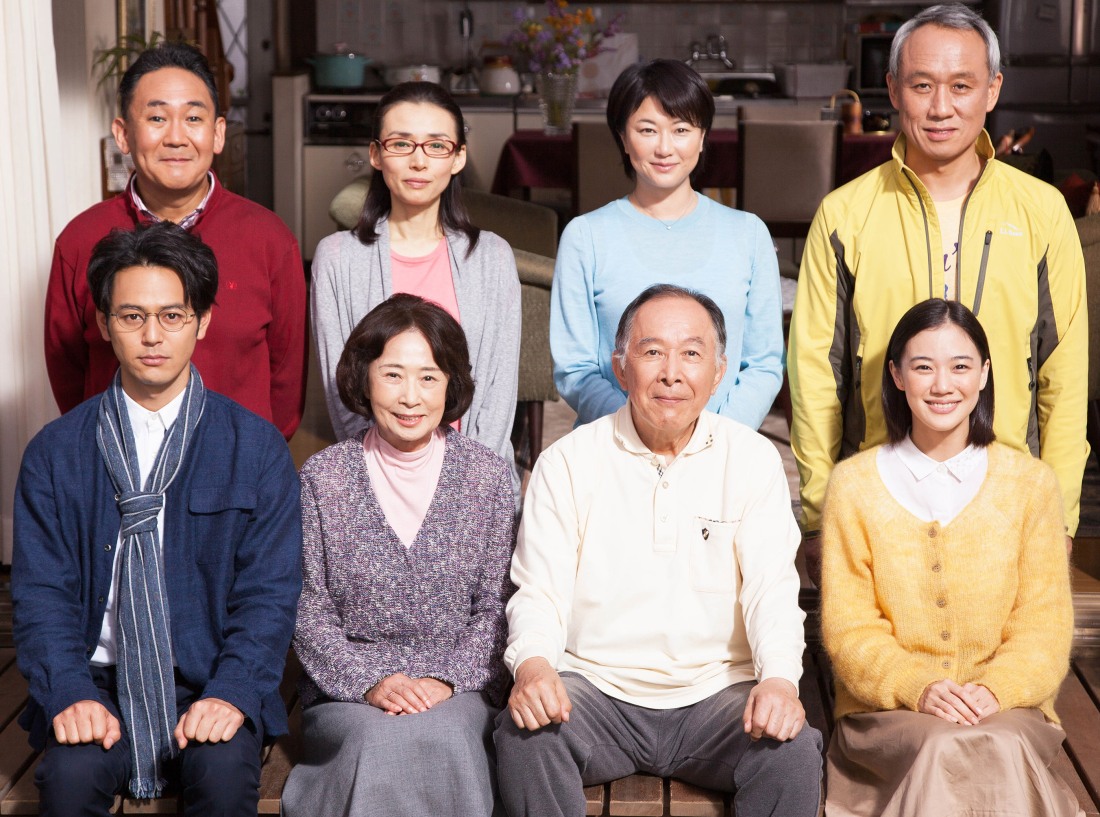


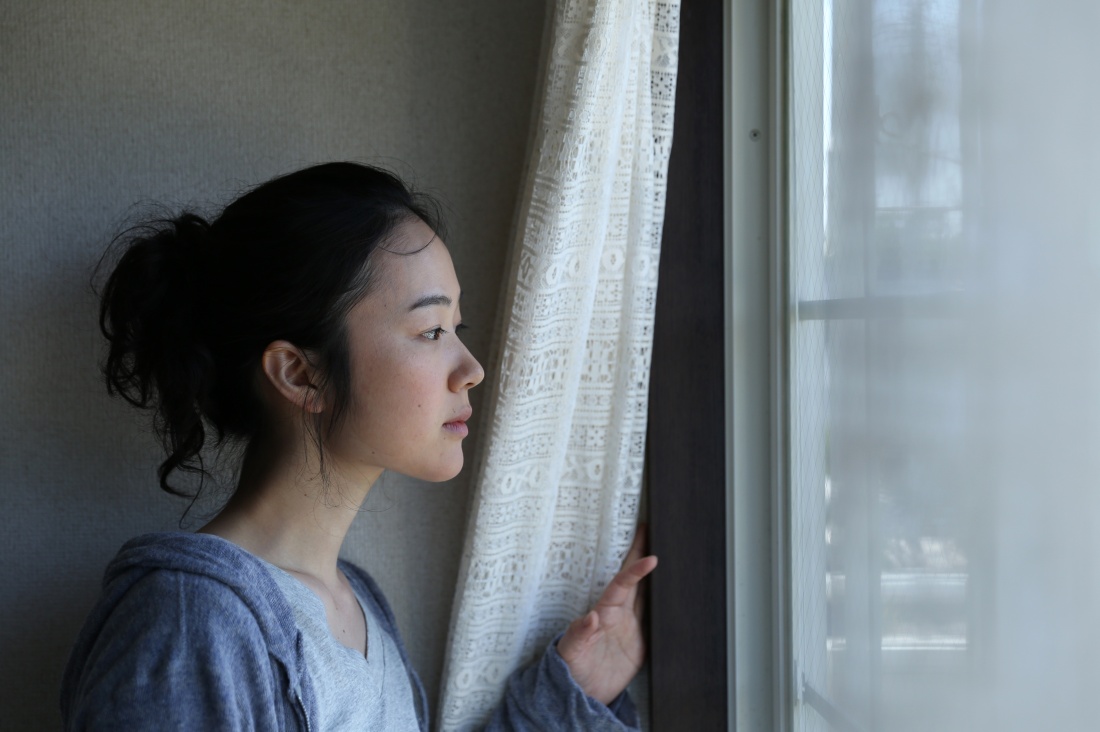

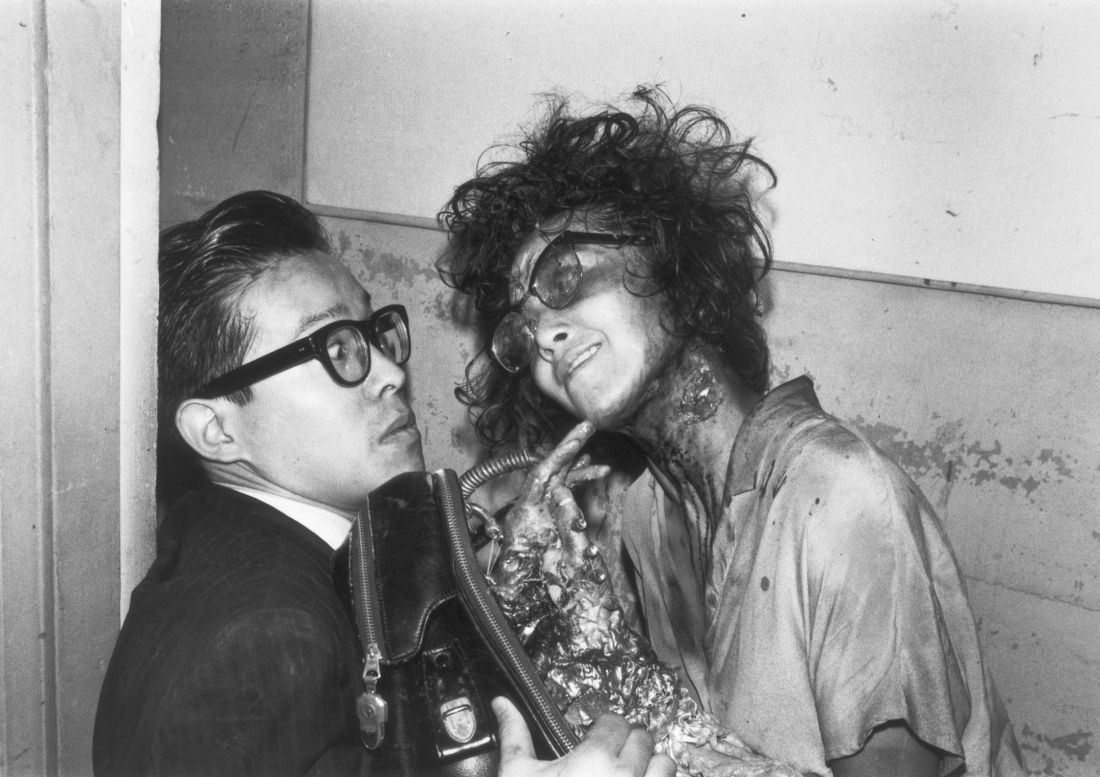

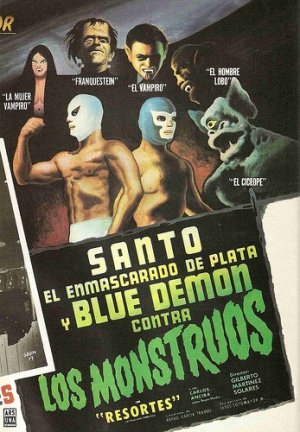


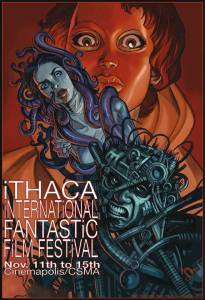 I am going to start this journey, which could take a sharp turn off a steep cliff at any given moment, by writing in a mode I have a general disdain for: The life hack, list-centric, turn everything into a reason for being mode. Far be it from us to leave people to draw conclusions, let’s map out their reasons for sticking around lest they fear their time is being wasted, valuable time that could be spent on fingerprinting their approval on streams of photos or making up 2-choice surveys for random people to stop and click on their favorite cancelled 90s sitcom.
I am going to start this journey, which could take a sharp turn off a steep cliff at any given moment, by writing in a mode I have a general disdain for: The life hack, list-centric, turn everything into a reason for being mode. Far be it from us to leave people to draw conclusions, let’s map out their reasons for sticking around lest they fear their time is being wasted, valuable time that could be spent on fingerprinting their approval on streams of photos or making up 2-choice surveys for random people to stop and click on their favorite cancelled 90s sitcom.